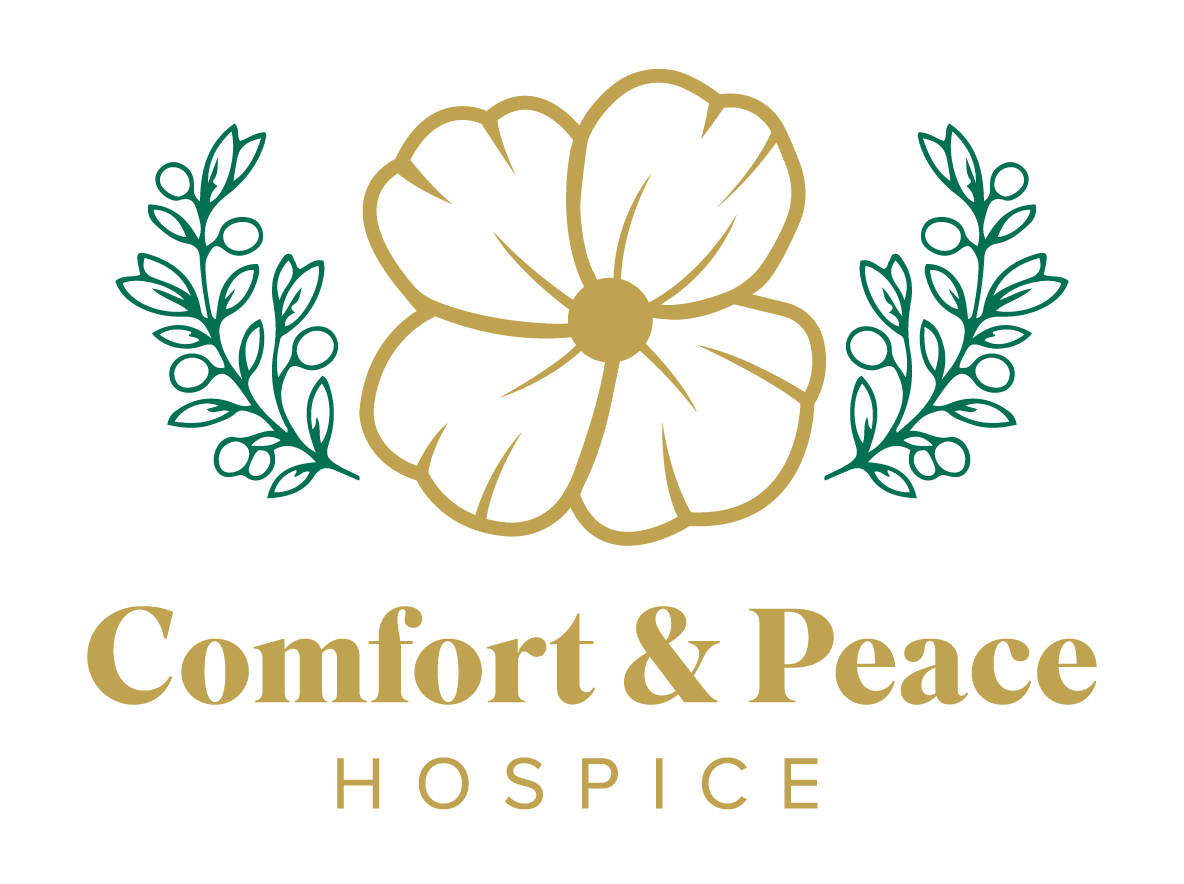ometimes a medical diagnosis sounds like a death sentence. When patients and their relatives go through this extremely challenging time, they often feel as if they were left alone with all the emotions, tension, and tragedy. They are not. An organized palliative and hospice system is designed to guide patients and their loved ones through such difficult and confusing situations.
If you are reading our blog, chances are you are familiar with two terms or at least intuitively understand them – palliative care and hospice care. While both are similar, there is a difference between the care you receive. Palliative care refers to the care you obtain during a serious illness that may be combined with curative treatment. Hospice care, on the other hand, is offered to patients who no longer receive curative treatment, and their life expectancy is estimated to be six months or less.
Today we discuss hospice care and when it is the right time to take advantage of an in-patient hospice facility. In order to understand the hospice care system, let’s review the four levels of hospice care:
Routine Home Care
Hospice is a safe space but not necessarily a physical place. Hospice is where you want it to be, provided your condition allows it. One of the most common levels of hospice care is routine home care, where hospice highly trained and qualified staff coordinates your or your loved one’s care in your private residence, nursing home, or Assisted Living facilities. Our compassionate interdisciplinary team of experts delivers their services in various fields to ensure your goals and needs are met, including medical and nursing care, spiritual guidance, social work, home aids, and volunteers working routinely in your own premise.
Many patients can continue living at home with the assistance of our hospice team for the entire duration of their illness. There are no out-of-pocket expenses for the patient or their family. If you or your loved one resides in a nursing home or other long-term care facility, the hospice team manages your care in collaboration with the existing staff.
Continuous Care
Out-of-control symptoms in the time of crisis require more vigorous care management from your hospice team and more intensive monitoring of your or your loved one’s condition. Continuous care means that your hospice team will remain with you for longer periods of time, several hours to 24 hours a day until you can return to your regular care.
Symptoms that are out of control may include difficulty in pain management, respiratory distress, or prolonged and intensified anxiety. In those cases, bedside support might be necessary to mitigate these symptoms and help you regain comfort and peace. Continuous care means you can still remain in your residence without having to relocate to a facility while receiving high-level hospice care and support. When stability returns, so does your Routine Hospice Care.
General In-Patient Care
General In-Patient Care is provided for those patients whose symptoms cannot be cared for in a home environment. This level of care is similar in approach to Continuous Care, with the exception of relocating to a specialized facility to help mitigate the symptoms of your or your loved one’s illness and help you recapture the comfort level you once had.
Being in a hospice home means daily monitoring of your symptoms for as long as your condition requires. In-patient care does not mean the end – in fact, you can transition back to regular care the moment your team decides you are stable enough.
Respite Care
A terminal illness is a very emotional journey that can drain physically and mentally everyone involved. Traveling through the unknown can be lonely, debilitating, and entirely consuming. In order to provide caretakers with much-needed rest or free time, hospice care offers a level of care specifically designed for them – Respite Care. Respite Care is not dependent on the patient’s diagnosis or condition. It is guaranteed for all caretakers for up to five days per benefit period. The short-term relief program allows the ones caring for the patient to regain their strength and energy or tend to other life affairs, whether it is personal or work-related.
Providing Better Care
In-Patient Hospice Care – What Does It Include?
In-Patient hospice care is a level of care that cannot be otherwise provided in a home environment. When you or your loved one (the patient) can no longer feel the comfort much needed during the illness, hospice team transitions you to an in-patient facility for better symptom management.
In-Patient Hospice Care continues providing you with the regular hospice services just in a slightly different setting. Other than being in a hospice home, nothing else changes – our team of professionals will continue working with you and your family, offering medical care, bereavement and psychological counseling, spiritual support, and home health aids. In addition, in-patient care provides appropriate medication, equipment, in-patient services, and other necessities, all of which is covered by Medicare.
In order to qualify for in-patient hospice care or remain in the hospice care program, your doctor or team of physicians, along with the hospice medical director, needs to certify that you or your loved one have a life expectancy of six months or less. It is also required for you to accept not receiving any curative treatments while in hospice care program.
Whether your loved one qualifies for in-patient hospice care is dependent on their condition and the level of care needed at the time. Patients within the hospice care program can transition from one level to another multiple times, depending on the current situation and concerns. In-Patient Hospice Care is granted to those, who require higher levels of care without sacrificing quality of life.
Hospice is often a feared term, because to many it is equivalent to the approaching ending. More often than not, it is family members who fight the idea of having their loved one committed to the hospice program. Hospice is not about death – hospice is all about life and its quality. It is about ending the suffering and providing utmost contentment in times of crisis for the entire family. Hospice is not the end – it is the beginning of a new phase in the battle with the terminal illness. Hospice helps its patients and relatives regain the lost smiles, laughs, and small gestures that create memories.



